Horror movies cover a wide and diverse range of subjects. They can feature grotesque creatures, chilling paranormal activity, homicidal dolls, and serial killing maniacs, to name just a few.
However, some horror movies use basic human fears as a way to achieve an emotional response and scare the audience. Using phobias that are shared by a majority of people leads the audience to feel a heightened sense of terror as the subject matter is already undesirable before the movie even begins.
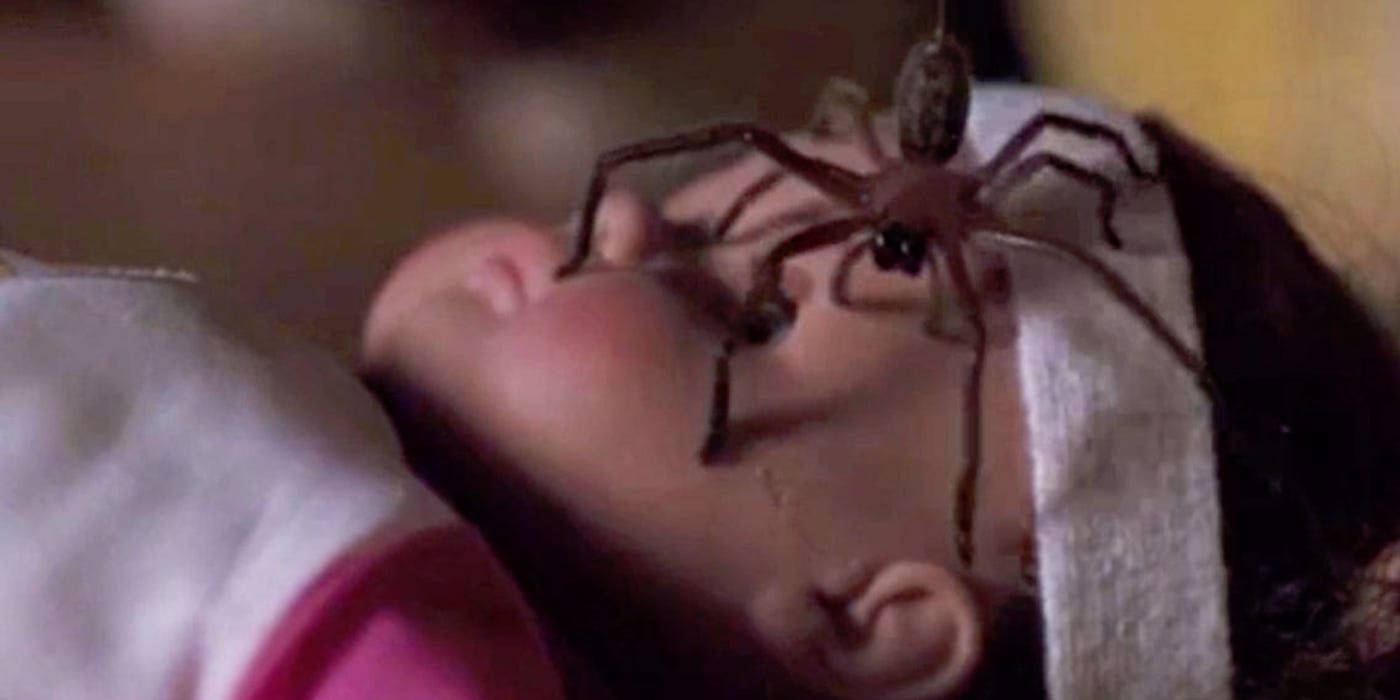
A movie called Arachnophonbia would be an obvious no-no for serious arachnophobes, those who are scared of spiders. In Arachnophobia, a deadly species of South American spiders overtakes the U.S when it is inadvertently brought to the United States.
Once in America, the spiders breed and start to kill the residents of a rural California town. Swarms of spiders abound in this arachnid-heavy film, culminating in a memorable scene involving a very intelligent spider and a flame thrower.
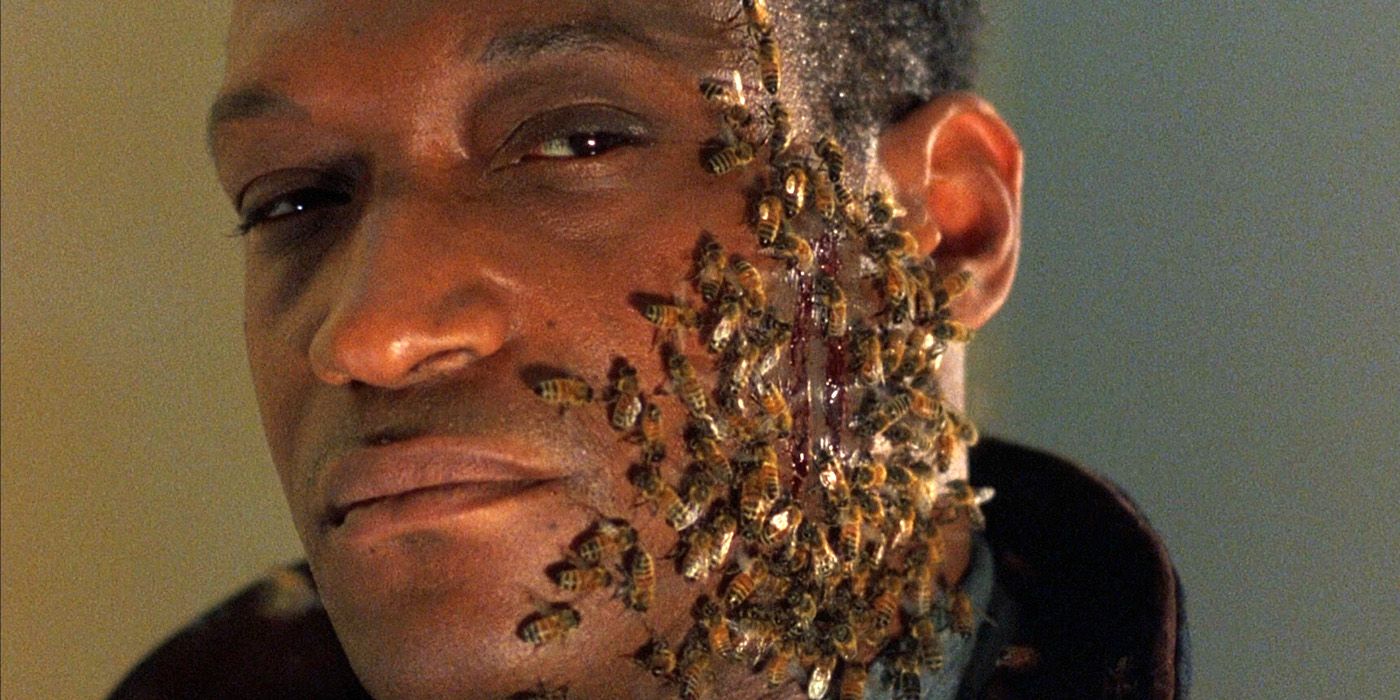
Most people flip out at the mere sight of a bee in fear of getting stung. Candyman takes this somewhat mundane fear and plays it up to a horrifying effect. With the titular villain having a ribcage of bees and spilling bees out of his mouth, anyone with even the faintest bee phobia will be absolutely traumatized by the iconic bee scene in Candyman.
The film is about graduate student Helen who is researching urban legends when a friend introduces her to the legend of the Candyman. The Candyman legend is believed by many Chicago neighbors to be behind a recent murder, all while a man bearing a striking resemblance to the description of the Candyman stalks Helen.
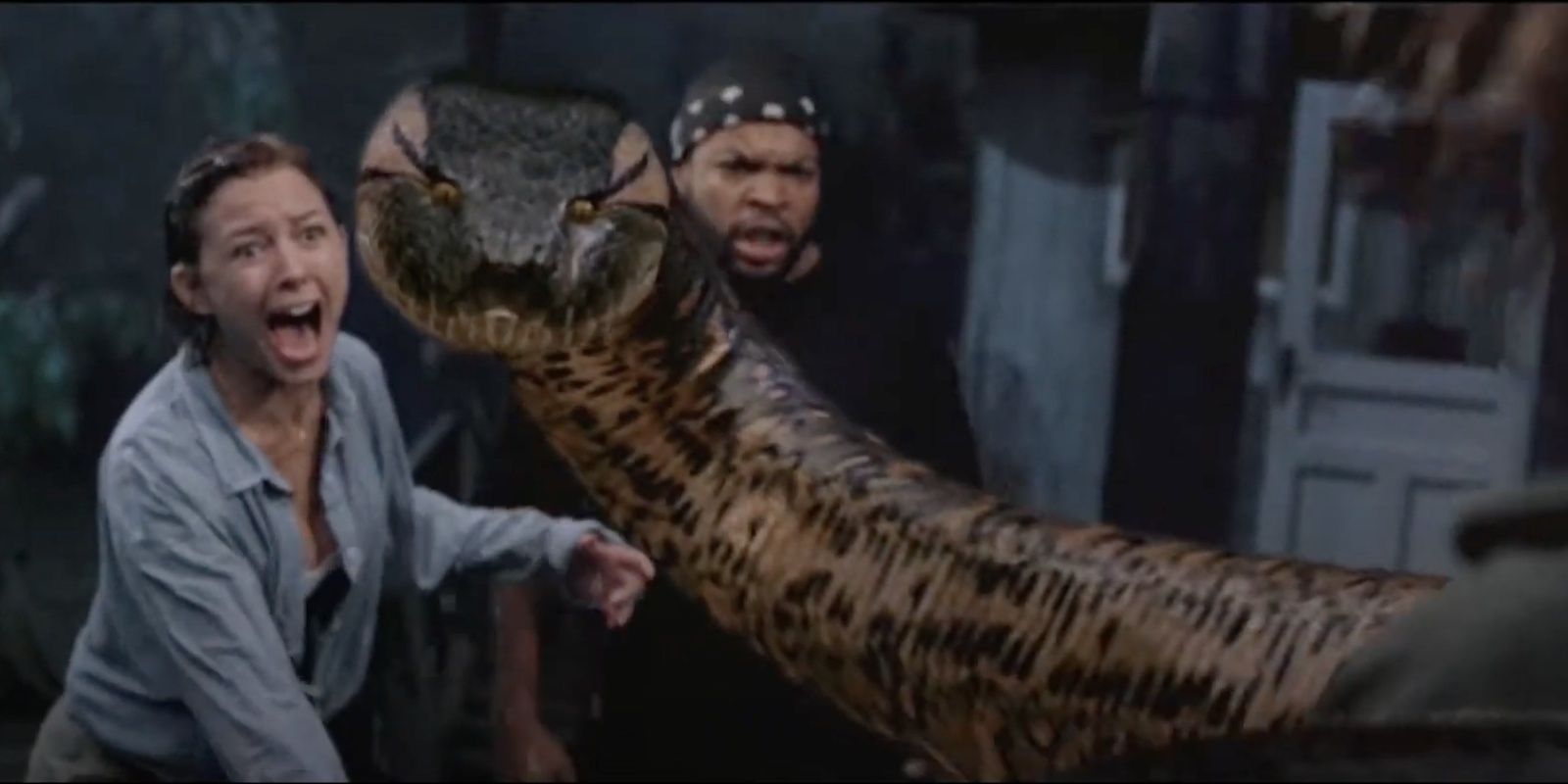
Snakes are loathed and feared on a pretty wide scale. Whether it's their creepy appearance or the dangerous threat of harm from (certain species) their venom, most people try to avoid snakes at all costs.
This fear of snakes is used for scares in the horror film Anaconda. In the movie, a film crew is stalked by the world's largest and deadliest snake, picking them off one by one. Making the snake more gigantic and intimidating than any snake in even the most exotic zoo, as well as antagonistic to humans, Anaconda isn't a very accurate portrayal of real snakes, but it does its best to creep out its audience with its CGI depiction of the feared beasts.
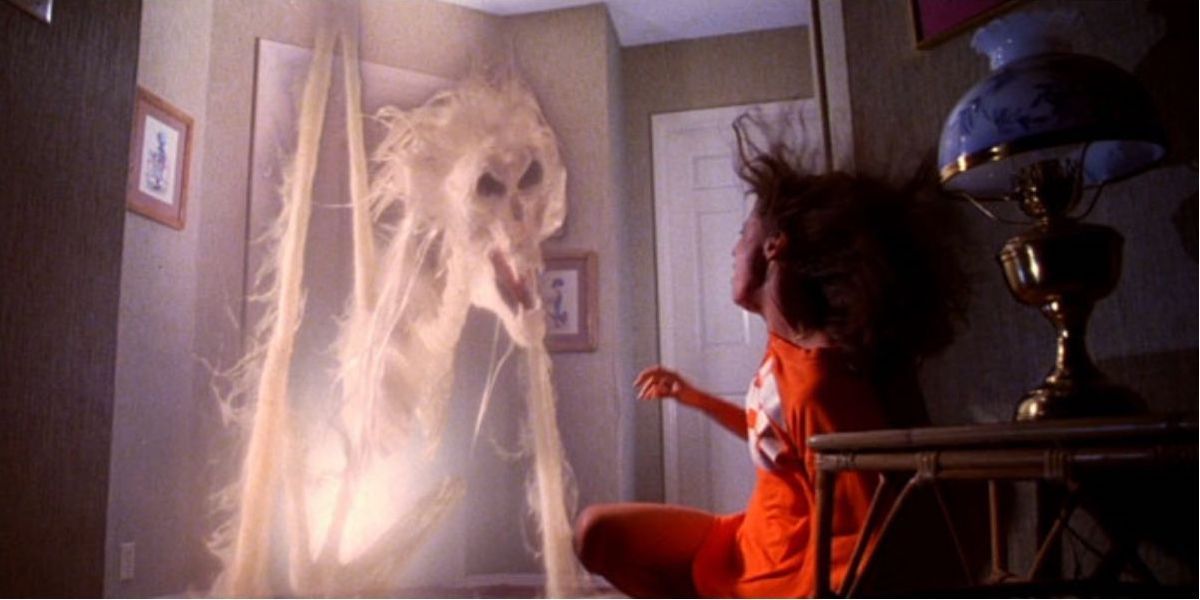
Poltergeist follows a family who becomes terrorized by ghosts in their Califonia home. There are numerous movies dedicated to hauntings and ghosts, as people are both intrigued and terrified by the concept.
Poltergeist took the common fear of ghosts and showed audiences what a home haunting would look like in a realistic but stylized way. Trees come alive and attack, when someone looks in the mirror they see their flesh fall off into the sink, a little girl is snatched into the television. All these things are beyond horrifying and made scarier through director Tobe Hooper's exceptional use of special effects.
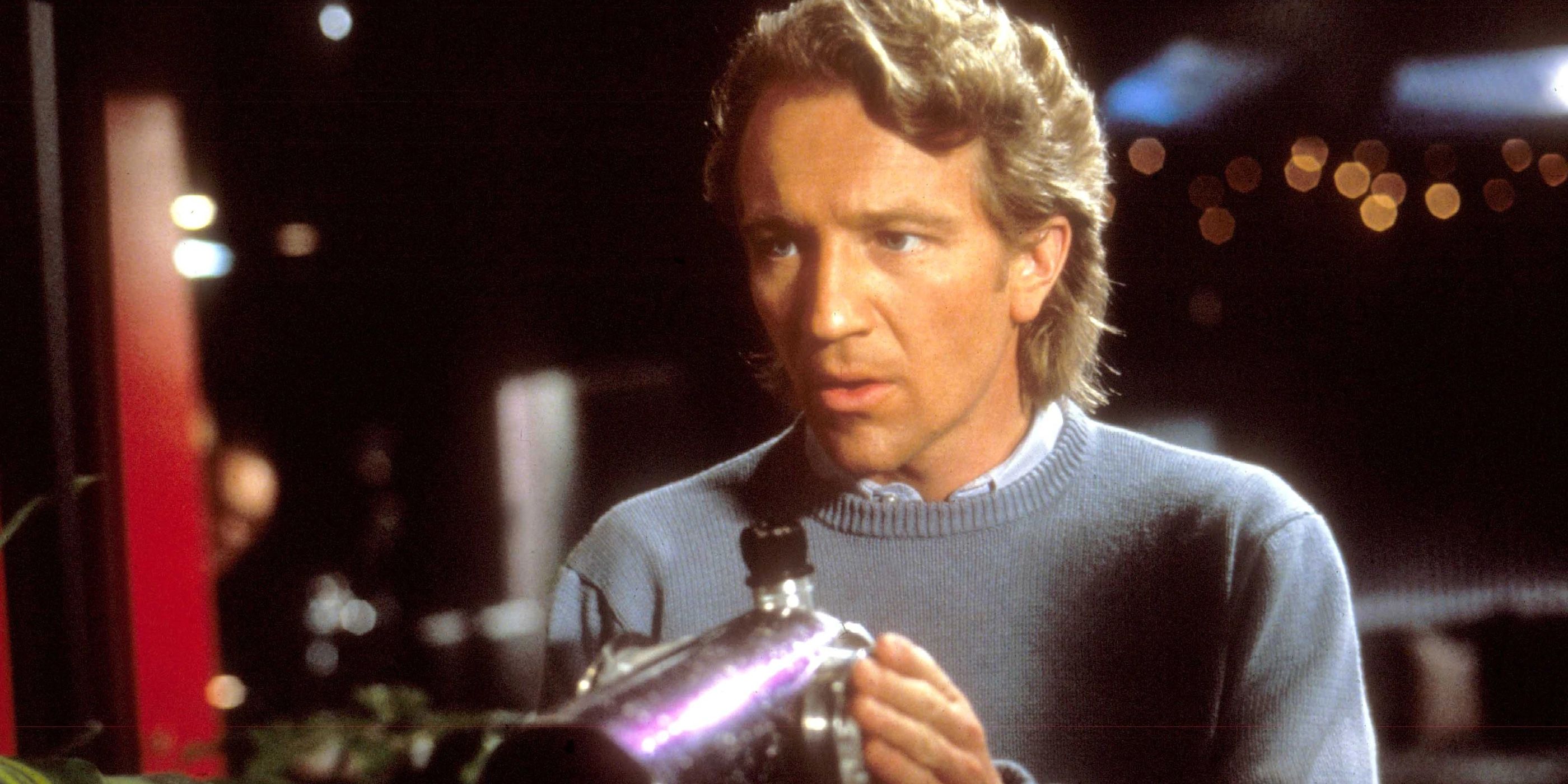
As Body Double serves as a homage to Alfred Hitchcock, director Brian de Palma used the phobia angle, like seen in Vertigo, for his protagonist in Body Double, but in this case, it's a fear of small spaces, or claustrophobia, instead of a fear of heights. In the movie, struggling actor Scully becomes entranced by the neighbor of the house he is the caretaker of.
When the neighbor is murdered in cold blood in front of him, Scully looks for answers. Through0ut the story, Scully is thwarted in his actions by his claustrophobia. The first scene of the movie shows Scully being reprimanded for having to stop a scene because of his fear of enclosed spaces.
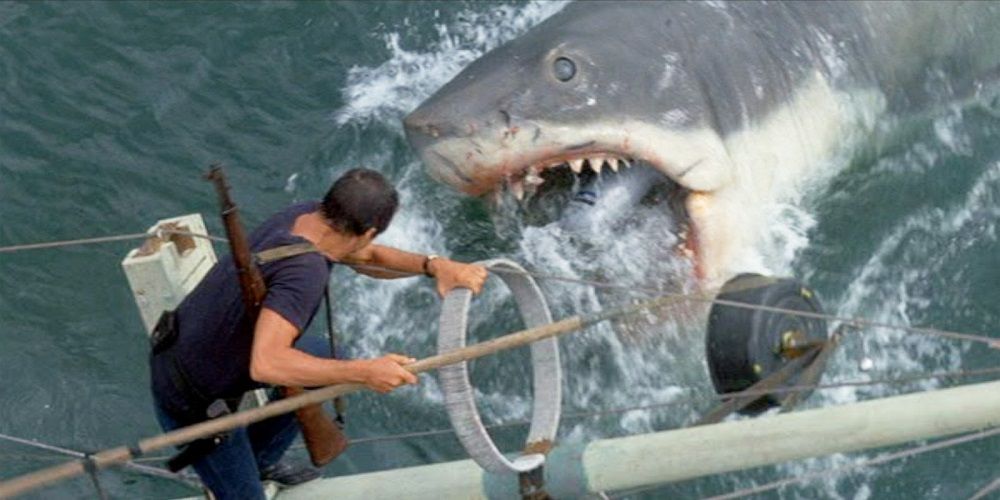
A shark goes on a killing spree in a small seaside town during a tourist-heavy celebration in the iconic Steven Spielberg film, Jaws. When the selfish mayor refuses to cease the event, the town's sheriff, along with a marine biologist and a ship captain, attempts to hunt the shark to stop further damage.
If anyone was scared to go in the ocean before this movie then they never want to even dip a toe in the ocean after a viewing of Jaws. Sharks, despite their proven apathy towards humans, are often believed to be incessant killing machines, which fuels this very common fear.
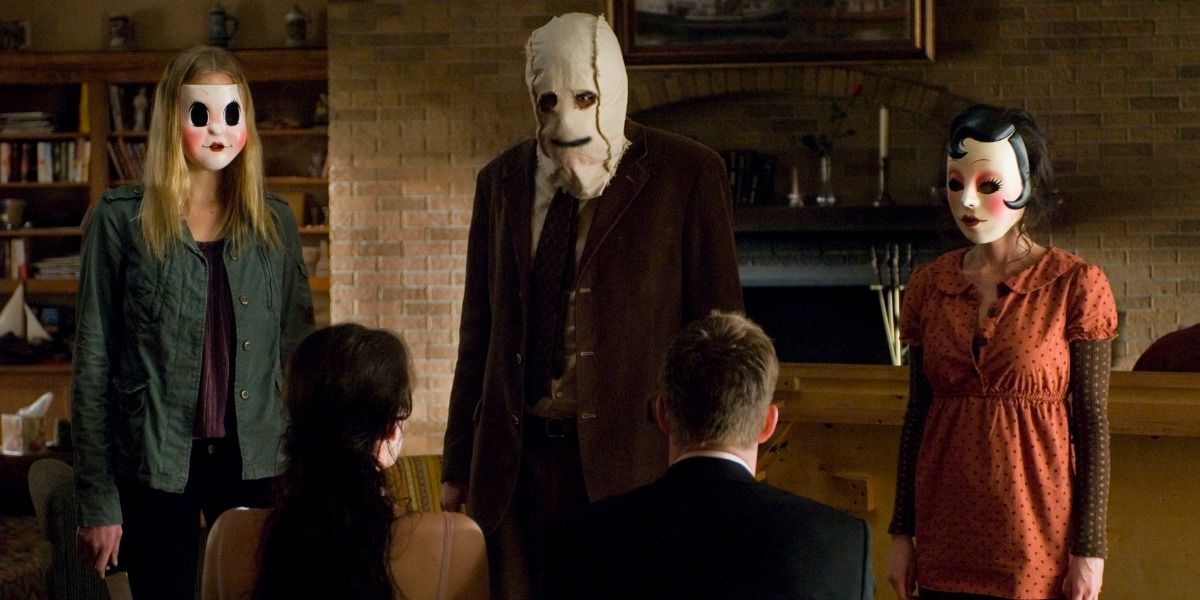
The Strangers looks at a couple vacationing at a family home where three masked assailants break in, and the movie is not the first film to use the fear of home invasion in order to engage pathos.
Home Alone used the fear of home invasion to great comedic effect, while the Austrian film Funny Games uses the fear to add to the psychological thriller tone of the film. Likewise, The Strangers uses the very basic and common fear of home invasion to elevate the fears of the audience.
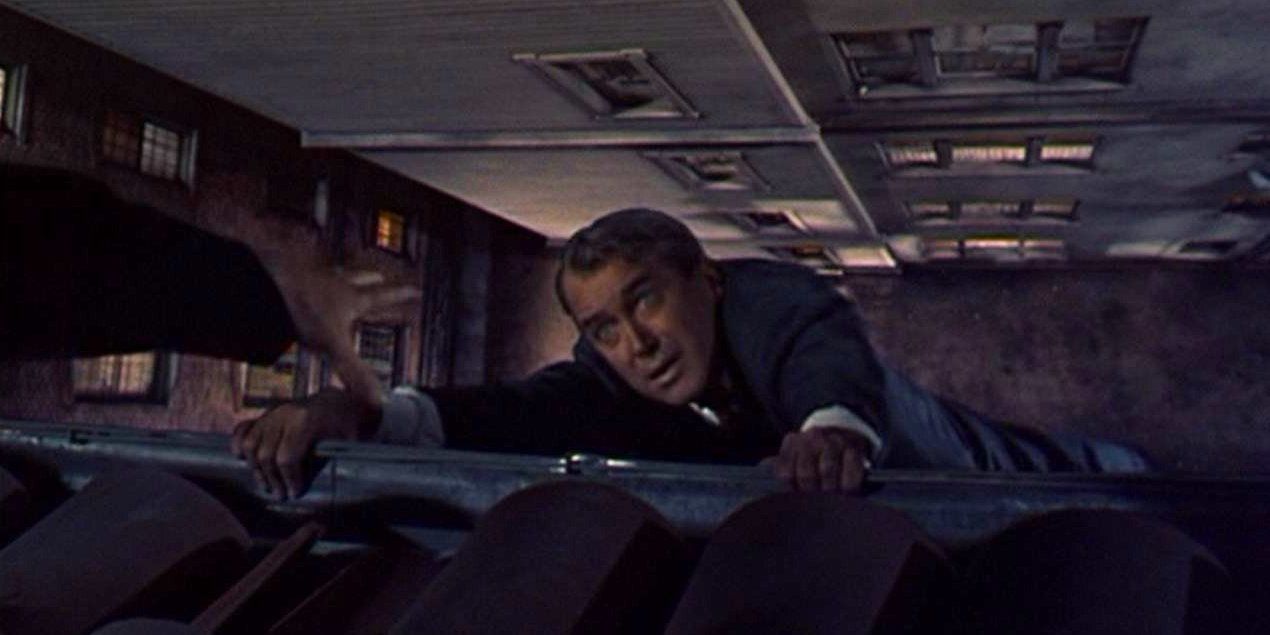
This Alfred Hitchcock classic is about an ex-detective with an intense fear of heights that is tasked with saving a friend's wife from taking her own life. As with every Hitchcock film, twists and turns abound.
In Vertigo, the main character is haunted by his fear of heights that stems from a previous detective job. As he becomes wrapped up in his new case, deja vu creeps in as he is presented face to face with his severe fear of heights that gives him vertigo. Fear of heights is experienced by many people and affects a whopping five percent of the world's population, according to some studies.
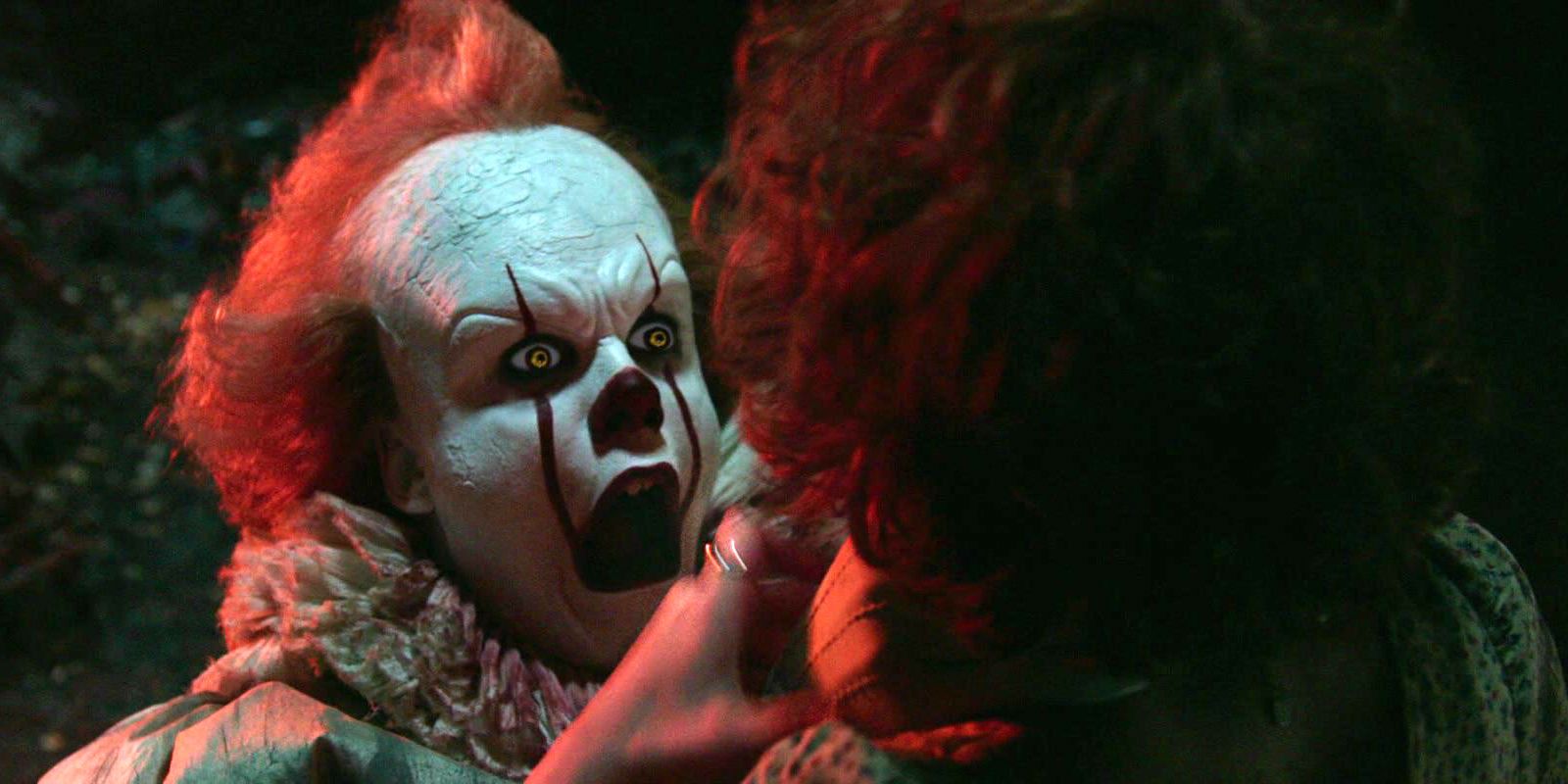
Clowns are extremely polarizing. Some find them to be fun and whimsical, while others think they are nightmares incarnate. It, as well as its preceding 1990 miniseries, uses this widely felt uncomfortableness with clowns and raises the stakes dramatically by making the clown a child-killing creature.
It is about a group of misfits kids in the summer of 1989 who must stick together to destroy a shape-shifting monster who masquerades as a clown in order to prey on kids in their small Maine town.
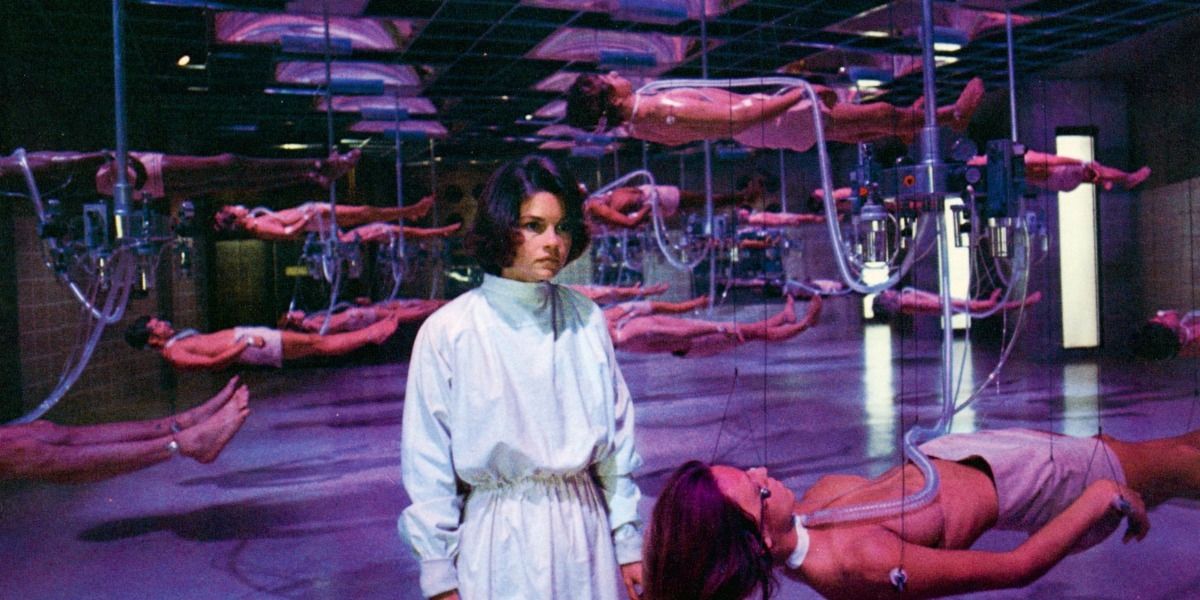
In Coma, a doctor tries to solve the mystery of anesthesia-related deaths in the routine procedures of healthy patients when one of her friends dies on the operating table.
Michael Crichton, best known for his book-turned-mega-blockbuster, Jurassic Park, wrote and directed this medical horror thriller. Using his medical school background to craft this chilling movie, Coma uses the very common fear of hospitals to scare and unnerve its audience. Coma blends surreal and science fiction elements into a film that tackles important societal issues, like discriminatory treatment of women in a male-dominated workplace.
from ScreenRant - Feed https://ift.tt/3p3MmOZ


0 Comments